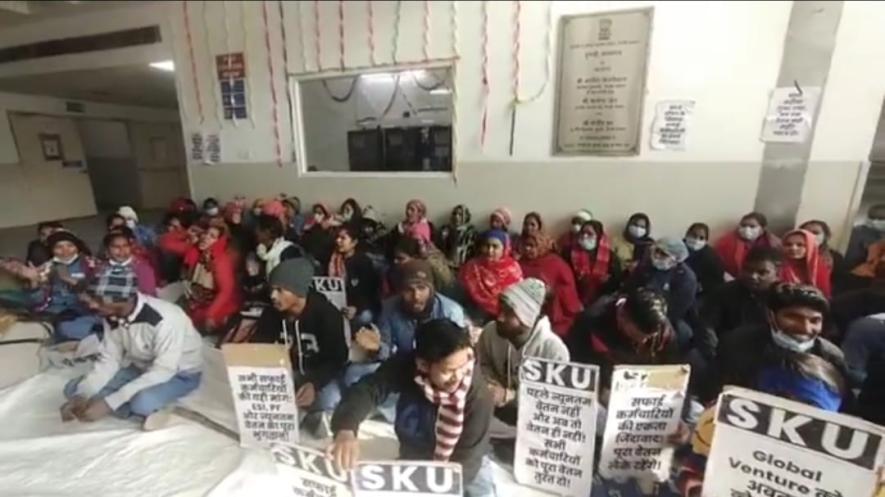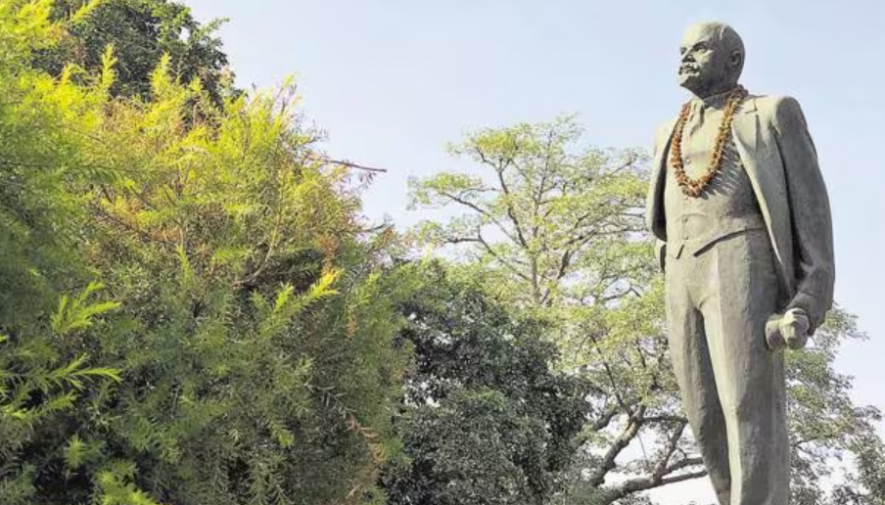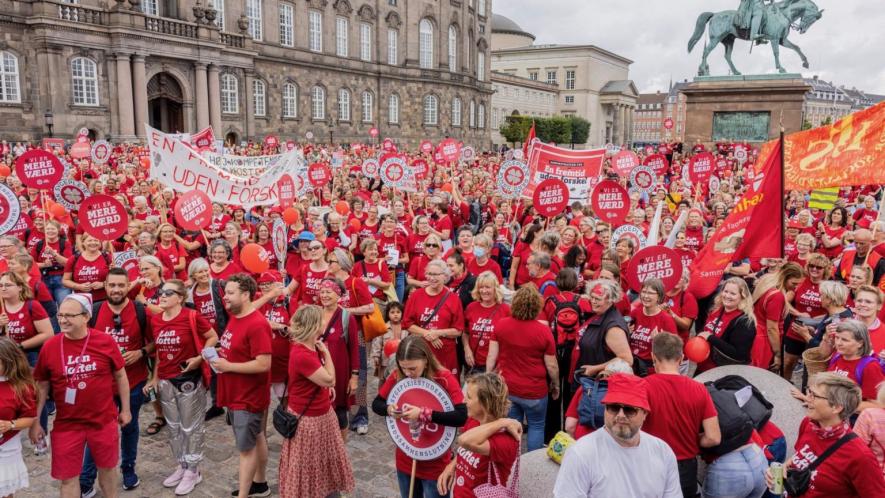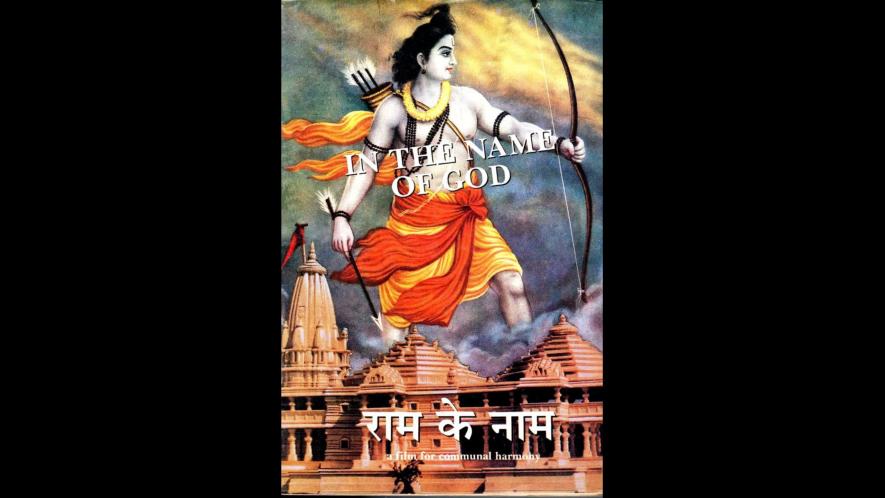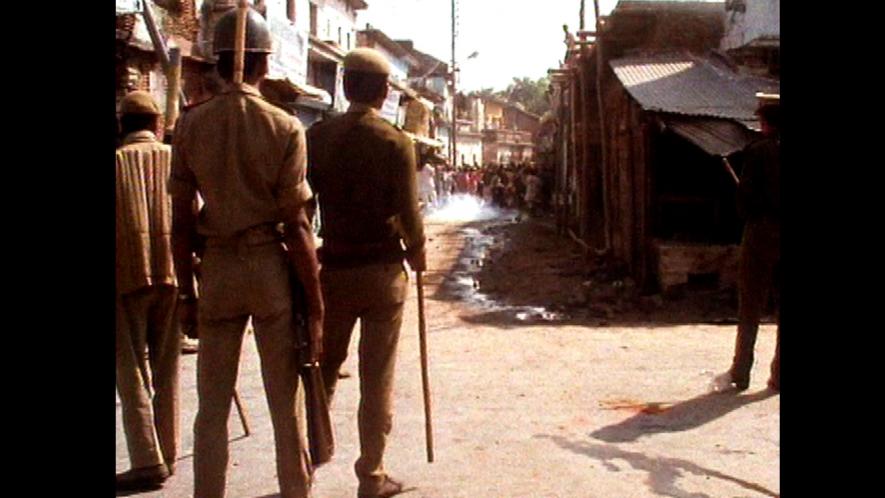Liberation is not Achieved at the Negotiation Table: Leila Khaled
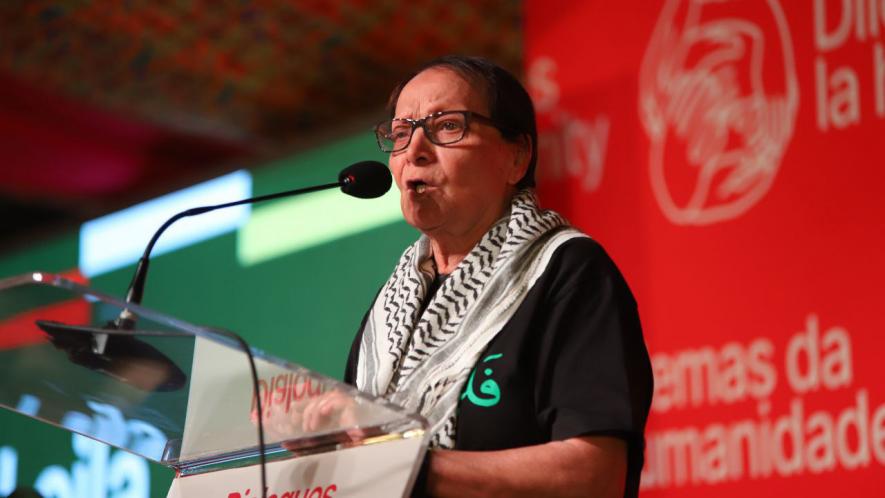
Leila Khaled speaks ash the Third Dilemmas of Humanity Conference organized by the International People's Assembly, hosted in Johannesburg (Photo: Rafa Stedile)
Leila Khaled, the celebrated Popular Front for the Liberation of Palestine militant who continues to be a source of inspiration for revolutionary movements across the globe, spoke to Madaar in early December about the current revolutionary movement taking place in Palestine and across the West Asian region, Israel’s genocidal response, and the world’s epic show of solidarity with the Palestinian people.
In over 100 days of war, Israeli has killed over 24,000 Gazans, nearly 10,000 of them children. The scale of Israeli killing of innocent Palestinian civilians has caused widespread grief in the Arab region with nearly 97% of the respondents expressing some kind of distress and over 84% claiming it to be “great psychological stress.” Since October 7, the scale of the war has only grown. On Friday, January 12, in retribution for the solidarity Yemen’s Ansar Allah has shown to the Palestinian people, the US and UK launched several airstrikes inside of Yemen.
Below is a part of Khaled’s dialogue, in which she discusses the implications of the Palestinian resistance:
Madaar: In your opinion, what are the major implications of the Al-Aqsa Flood Battle?
Leila Khaled: All peoples rose up with this overwhelming attack, and the most affected was Israel. This entity was shaken, and the first attack was carried out on a military squad, something their intelligence did not expect.
Israel relies on its military strength… and until this moment it has not achieved any form of victory, but its ugly face, the face of murderers and war criminals, has appeared. This has become the image of the Zionist entity. The Palestinian narrative has risen, defeating the narrative that the Zionist movement has worked on for a hundred years…
The West was also shaken by the demonstrations in various European countries, which it shares with Israel. We all noticed how heads of state came, the first of whom was Biden, who came to announce that he supports Israel, and came with battleships and all kinds of weapons to support this entity.
This entity is considered a cat’s claw in the Arab region, and in fact it was a cat’s claw, but on the land of Palestine it was always faced with resistance. The resistance has not stopped since the occupation of the country, the establishment of this entity on our land, and the displacement of our people and the masses of refugees in different countries. Yes, Palestinian society was destroyed in 1948, but this people restores itself every time.
But this time is completely different, so the entity did not have a plan for confrontation, and it resorted to one method, which was to kill the people in a complete extermination process, genocide and ethnic cleansing, and this is what it wanted, because they bombed the homes in the presence of its residents, including children, women, men, the elderly, and the youth. This is what actually happened up to this moment. They said that their goal in this war, in response to the attack, is to root out and eliminate Hamas. It is a country that has 200 nuclear warheads and is facing an organization, as it did in 2006 when it faced an organization called Hezbollah…
It does not attack armies, so where will it strike? It does not see the place of Hamas in Gaza, so it was surprised that the resistance, along with Hamas of course, fought battles for more than 60 days. It was the one that asked for the fighting to stop. Note that this was the first time in the history of the Zionist entity to request protection from America and the West, so they came with their weapons and their support… Blinken, the American Secretary of State came to Israel and said, “I came as a Jew, not as a foreign minister.” But later the US Secretary of State became part of the war council prepared by Israel.
All of these repercussions are still continuing until this moment, until America asked Israel to stop the fighting, because they feared that the army that entered Gaza would collapse, and continued to enter and exit due to the resistance.
As for the ceasefire, the resistance benefited from it by bringing in aid, and set conditions to replace its detainees with our detainees in the prisons, including children and women. The Zionist society is now divided. The army used to go to fight, whether in Lebanon, Gaza, or the West Bank… it would unite behind it, and it would be forbidden to criticize it or criticize the government. However, we heard the criticism, and we heard many soldiers left the front and returned. Two battalions whose soldiers returned and said: We could no longer fight in the face of the ferocity with which the resistance faced them.
So we are talking about this being the beginning of the liberation battles. Liberation battles begin with strikes on all places in this body called the Zionist entity, and this will not be the last time. Our people will also fight other battles, and liberation means withdrawal from Palestinian land, and now we are witnessing that. After the first strike, Ben Gurion Airport was crowded with thousands of people leaving.
Their press even criticizes the army and the methods it uses, meaning killing children and women and demolishing homes on top of their owners. The world no longer accepts this, and therefore there is no unified discourse for them… each one speaks differently, and contradicts the other. The whole goal is to eliminate Hamas, but they are unable to do so. They were unable to release the prisoners, and so they returned to strike again in Gaza.
All our people in Gaza say we are with the resistance, we are protecting it. We hear from inside Gaza those standing on the rubble of houses chanting: We are with the resistance and we will remain with it.
We are reassured because this battle has also united other arenas, as the West Bank is also rising up.
M: It is being promoted that the battle is the battle to eliminate Hamas. How do you view this? How do you see the resistance’s management of the battle in the field?
LK: Let me say, let us wait for what will happen in the field. Now there are no more secrets. Everything is exposed, both audio and video, and no matter how much the Western media tries to spread misinformation and illusions, it will not be able to cover the image. The Internet is working and the social networking sites are working, and everyone communicates and receives images. Consequently, the world did not believe Israel with all its nonsense, and on this basis I said that it was the beginning of the liberation battle because there were political achievements achieved through October 7. I will not call it an operation, because it is an epic, a true epic in our history, just as we were talking about the armed struggle, the first intifada, and the Children of the Stones as epics. It is an expression of the position of the entire people, and not of a group here or there.
The people united with the resistance, and in the field everyone is united, except for those who talk about losses and what we won… We won freedom…
We are continuing. If they do not want to exchange, we still have their soldiers. If they do not want them, let them bomb them. They are free if they do not want to release their prisoners. But if the enemy believes that under the constant bombardment they will displace people, our people said that we will not be displaced after ’48.
This is a unified word: we will not be displaced, we will die on our land with honor and we will not leave, this is what everyone repeats. Although they cut off water, electricity, food, and everything else from Gaza, to put pressure on its people until they are displaced, they will not immigrate, and do not accept immigration to any destination.
Everyone says that even if our homes are destroyed, we will rebuild them. This is the people’s position. Some may leave, but the displacement process will not take place as Israel was planning outside the Gaza Strip… They will not emigrate while their children are still under the rubble. How will they emigrate when they have not taken their women out from under the rubble? How will they migrate? Not possible. These people learned the lesson in 48, generation after generation… They are not the same generation that left, about which Golda said: “The old die and the young forget.” This fourth generation is stubborn and carries the idea and is moving towards achieving it.
Liberation is not achieved at the negotiation table. The negotiations carried out by the leaders of the [Palestinian] Liberation Organization were tried for 30 years, during which arrests increased, settlement increased, land confiscation increased, the demolition of homes increased, uprooting of trees, and people were prevented from moving between cities through the checkpoints erected in the West Bank. Sharon left Gaza because he considered it like a hornet’s nest. He said, we will leave Gaza and we will besiege it. Indeed, it was besieged, but did our people surrender? Did the resistance surrender? No, so what comes next holds surprises, including political surprises.
There was a meeting in Doha, where the head of the CIA and the head of Mossad met to search for a solution. What solution are they talking about? Some of them talk about a Palestinian state, and this was rejected by Israel a long time ago, even if America said, as Biden said: We support the two-state solution, but the Palestinian state is difficult to achieve! Why did he say this? Because they want to create an administration for Gaza after Hamas. I assure you that Hamas and the resistance exist and will not end. One person is martyred and others leave, ten, twenty, and a thousand…
Iraq strikes American bases, and Israel raises the flags of other countries on the basis of covering up its ships, but its matter is easy to detect, as any ship can know through Google where it is coming from and what it is carrying. They will close this door on them, and this will affect the economy, trade, and the oil they bring from the Arabs. This is in Yemen, where today millions are taking to the streets in support and launching ballistic missiles.
And Hezbollah, from the second day, said, we have entered the battle on the northern border of Palestine, and they are still fighting to this moment, and this is in agreement and in full coordination with the Palestinian resistance and Hamas.
So we are faced with two scenes: a scene of resistance with all the wounds and pain and the execution of people in their homes… although it is difficult. On the other hand, there is another scene, which is the collapse of their economy. Despite the unlimited support that America and the West provide to Israel, the economy is at a standstill. Regarding the settlements, will the settlers return? They will not return because they were not protected, despite all the allegations. They were not protected, so they left and never returned. All this affects the course of the battle. They know they are losing.
In London, every Saturday, half a million take to the streets. They could turn against the Prime Minister. America is having a crisis now. Millions are going out in more than forty out of fifty states in demonstrations. They gathered in Washington for a million-man demonstration… and are still demonstrating, questioning the human rights, democracy, and justice their countries claim. Later we will see how many problems will occur in Europe and in America itself. In Canada, what is happening now? They want to put their president on trial!!
This article was translated and adapted from an interview originally published in Arabic on Madaar.
